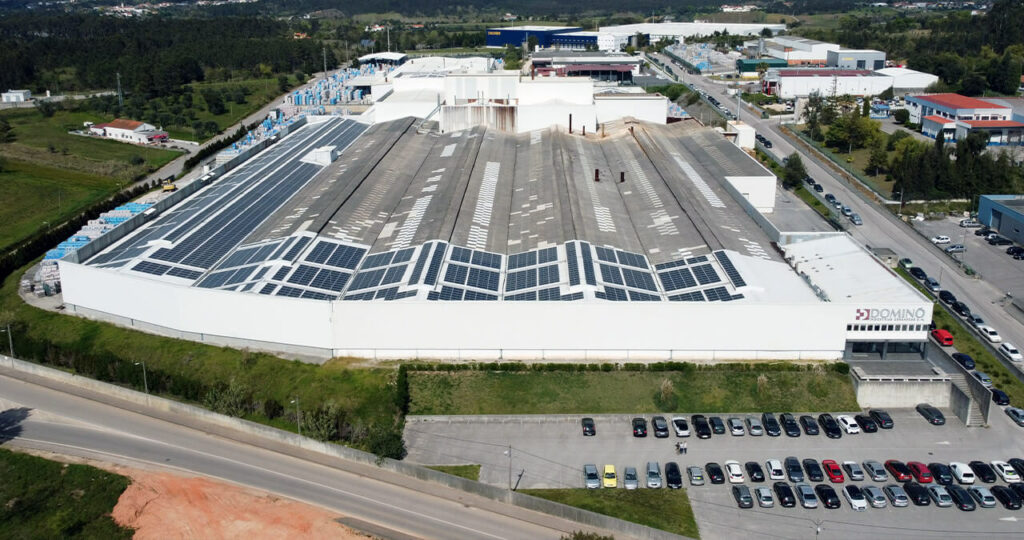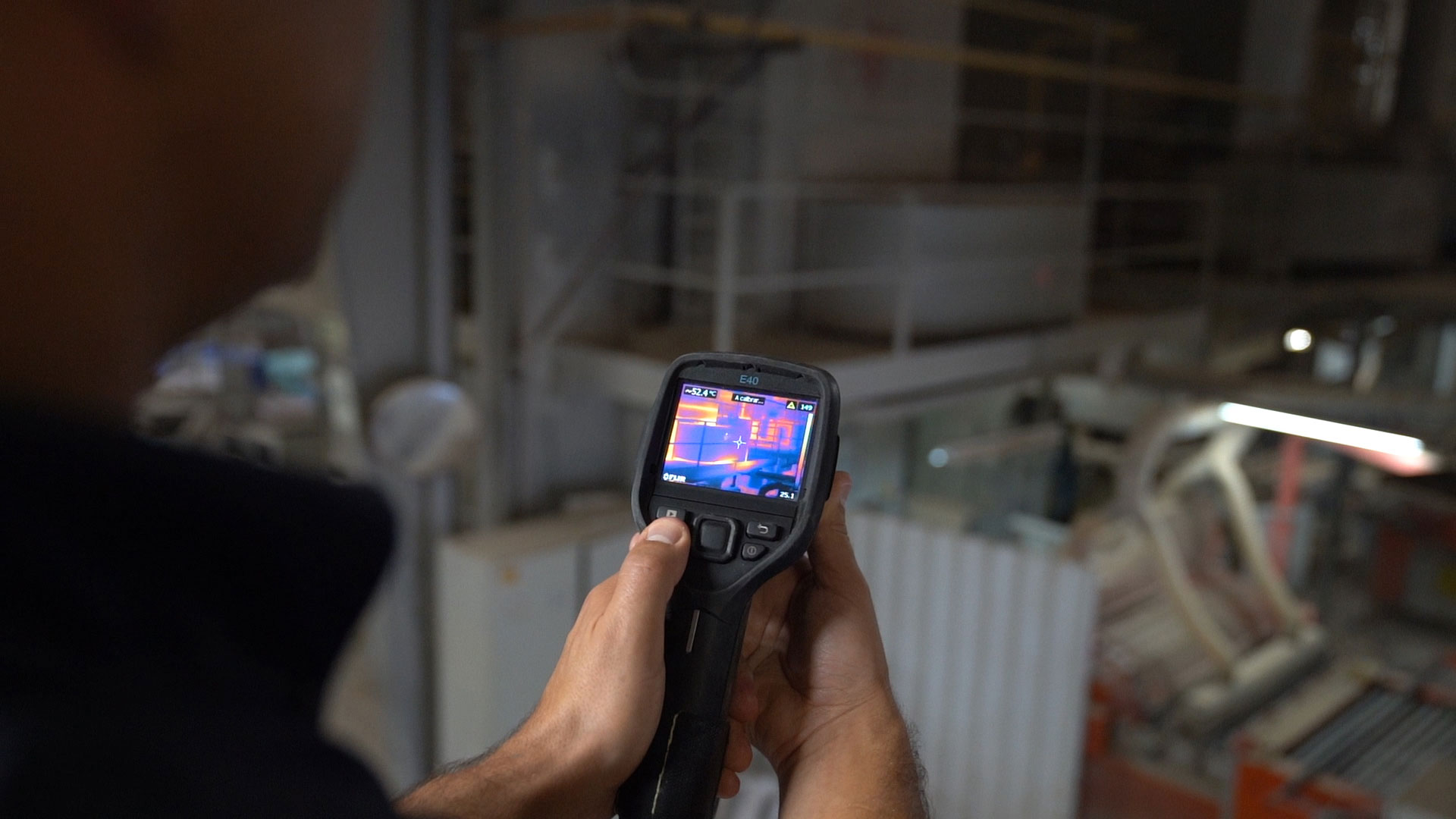A energia é uma necessidade transversal a todos os setores de atividade económica e o seu custo, assim como a quantidade necessária para produzir um produto ou serviço, tem efeito direto no seu preço final.
A subida dos preços da energia afeta a rentabilidade das empresas e é um dos fatores com grande impacto na sua competitividade. Este efeito, embora transversal, pode variar conforme o tipo de energia utilizada, o tamanho da empresa e o setor económico no qual opera.
“É imperativo que as empresas encarem a transição energética como uma oportunidade para o desenvolvimento sustentável.”
João Guerra, Marketing & Communication Director da Helexia
A transição energética, englobada num roteiro de descarbonização, traz uma otimização de consumos energéticos, reduz o impacto no planeta e contribui para uma vantagem competitiva na forma como as empresas operam e se posicionam no mercado.
A medida mais popular de redução de custos com energia entre as empresas é a instalação de centrais fotovoltaicas para produção de energia renovável, incentivado pelo enquadramento legal favorável ao autoconsumo e à disponibilidade anual média de radiação solar global no território entre 1572 e 1987 kWh/m2. Para comparação, cidades como Munique ou Paris têm radiação na ordem dos 1150 kWh/m2, menos 35% do que Lisboa.
Este fator endógeno para o tecido empresarial nacional, que necessita de exportar, traz enormes benefícios competitivos. Ao optar pelo autoconsumo solar as empresas têm uma redução direta no custo da energia pois parte, é produzida localmente a partir de fontes renováveis e em paralelo diminuem a dependência da rede elétrica. A diminuição da pegada carbónica, com contribuição direta para uma economia de baixo carbono, é outro dos benefícios.
Atuar no lado da produção de energia é apenas uma das (importantes) ações que as empresas podem realizar, outra é atuar no lado do consumo, e é aí que entra a eficiência energética. Quando estes dois eixos, produção e consumo, ocorrem em simultâneo, estamos perante uma empresa que caminha a passos largos para a otimização dos seus consumos energéticos e como tal para a descarbonização da sua atividade.
Dominó Cerâmicas, um exemplo prático da eficiência energética
Vejamos um exemplo prático numa empresa do setor cerâmico, a Dominó Cerâmicas, situada em Condeixa-a-Nova que comercializa pavimentos e revestimentos cerâmicos. A Dominó faz uma grande aposta no design dos seus produtos, levando-a a exportar cerca de 50% da sua produção que pode ser encontrada hoje em mais de 50 países.

Desde 2021 que a Dominó tem instalada na sua cobertura uma central de 1MWp. À data, esta central já produziu cerca de 3GWh de energia limpa, trouxe poupanças de cerca de 100 mil euros e evitou a emissão de 1500 ton de CO2. O investimento de cerca de 800K€ foi assegurado pela Helexia e incluiu a renovação de parte da cobertura.
Eficiência energética e energia limpa
A juntar à central de 1 MWp, a Dominó implementou isolamentos térmicos no processo de secagem, baixando em 95% as perdas térmicas. Os isolamentos térmicos foram aplicados em cinco equipamentos que fazem parte do processo de secagem da fábrica, em que as superfícies se encontram a 140ºC.
No processo de secagem, é retirada a humidade das peças, de forma a aumentar a resistência mecânica e conferir a temperatura adequada ao processo de vidragem. Estes isolamentos, mantêm o intervalo ideal de temperatura dos equipamentos, reduzindo em 95% as perdas térmicas e evitando muito desperdício de energia. O retorno do investimento é inferior a 5 anos.

Este projeto desenvolvido pela portuguesa Ewen, traz os seguintes benefícios:
- Redução de custos: O isolamento térmico ajuda a reduzir o consumo de energia, o que resulta em menores custos de operação;
- Melhoria da eficiência energética: Mantém a temperatura interna dos equipamentos estável e propícia para o seu normal funcionamento;
- Aumento da segurança: O isolamento térmico pode ajudar a prevenir acidentes, como queimaduras ou choques elétricos, ao impedir que as superfícies quentes entrem em contato com as pessoas;
- Proteção do meio ambiente e contribuição para a redução das emissões de gases de efeito estufa, uma vez que há redução do consumo de energia.
Por último, contribui positivamente para a qualidade do produto, pois ao manter a temperatura ideal para as condições de produção, contribui para a qualidade do produto final.
Com a conjugação de produção de energia limpa e de medidas de eficiência energética, a Dominó cerâmicas reduz a sua pegada carbónica, contribui para um ambiente mais limpo e para um aumento de competitividade devido à redução de custos.
Este é apenas um exemplo, mas retrata bem o caminho que deve ser seguido. As boas estratégias de descarbonização e transição energética vão contribuir para vantagens competitivas na forma como as empresas operam e se posicionam no mercado.
